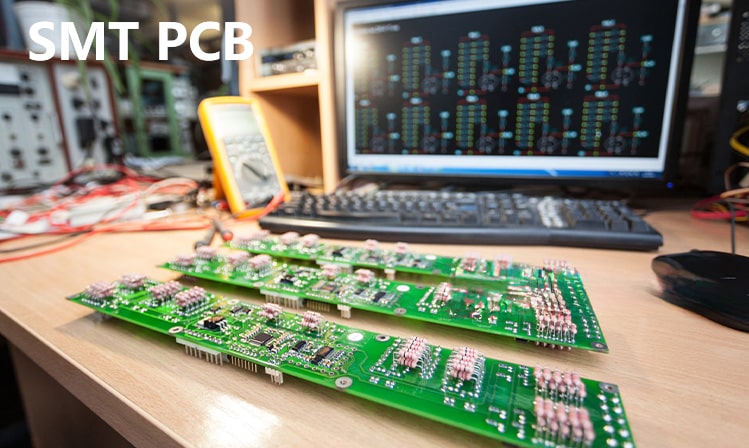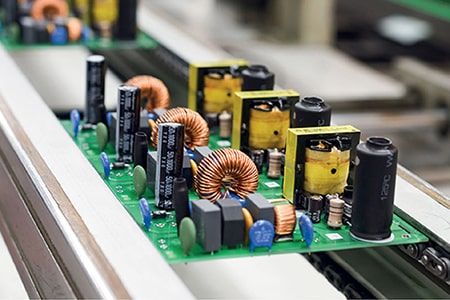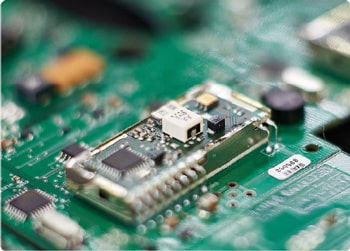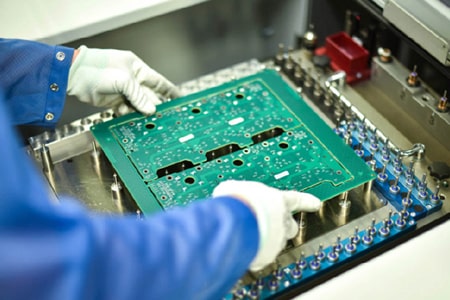How to effectively reduce the generation of bubbles during SMT patch processing?
During the SMT patch processing, the generation of bubbles is a common problem that affects the quality of PCBA boards. Bubbles not only affect the appearance of electronic products, but may also cause circuit instability, thereby affecting the performance and reliability of the product. Therefore, how to effectively prevent the generation of bubbles is an important issue in improving the quality of PCBA processing.
Methods to prevent bubbles in SMT processing
Bake PCBs and components
PCBs and components will absorb moisture when exposed to air for a long time, and moisture will evaporate to form bubbles during high-temperature reflow soldering. Therefore, before starting the patch, these components should be properly baked to remove the moisture in them.

Control the quality and use of solder paste
It is crucial to choose a good quality solder paste because solder paste containing water is prone to bubbles at high temperatures. The reheating and stirring of the solder paste should be carried out strictly in accordance with the operating instructions, and the time the solder paste is exposed to the air should be minimized. After printing the solder paste, reflow soldering should be carried out in time.
Control the humidity of the production workshop
By systematically monitoring and controlling the humidity of the workshop and keeping it within the ideal range of 40%-60%, the bubble problem caused by high air humidity can be effectively reduced.
Optimize the furnace temperature curve
It is crucial to set the furnace temperature curve correctly. It is recommended to test the furnace temperature at least twice a day and optimize the curve based on the test results. The heating rate should not be too fast, and the temperature in the preheating zone must be high enough to ensure that the flux is fully volatilized. At the same time, the furnace speed should not be too fast to avoid the formation of bubbles by the flux that has not been completely volatilized.
Reasonable spraying of flux
When performing wave soldering, the amount of flux sprayed should be moderate. Too much flux will produce additional gas during the soldering process, increasing the risk of bubble formation.
By implementing the above strategies, the generation of bubbles during SMT patch processing can be significantly reduced. However, to completely solve the bubble problem, it may be necessary to continuously test and adjust in the actual production process to find the best processing parameters and conditions.







